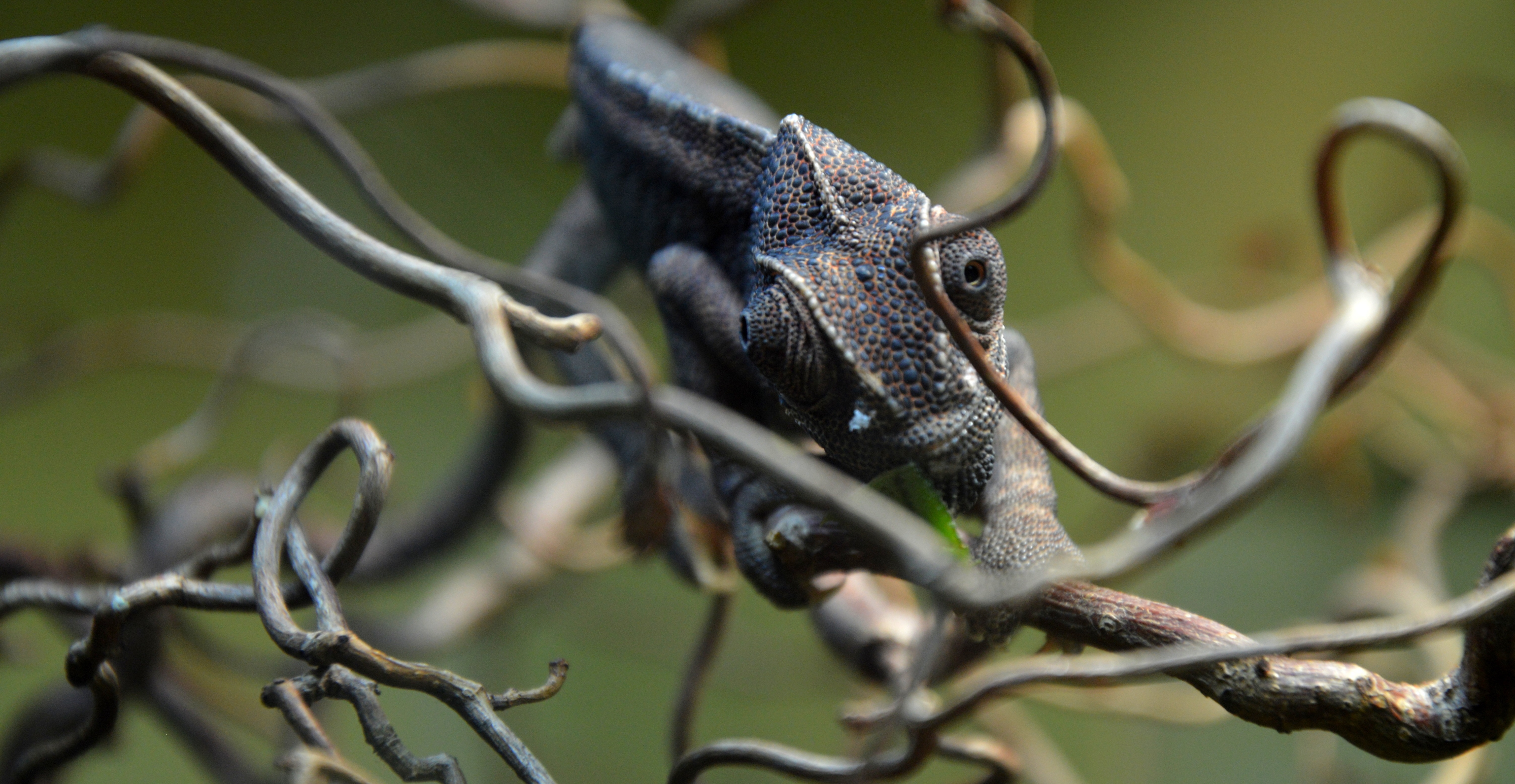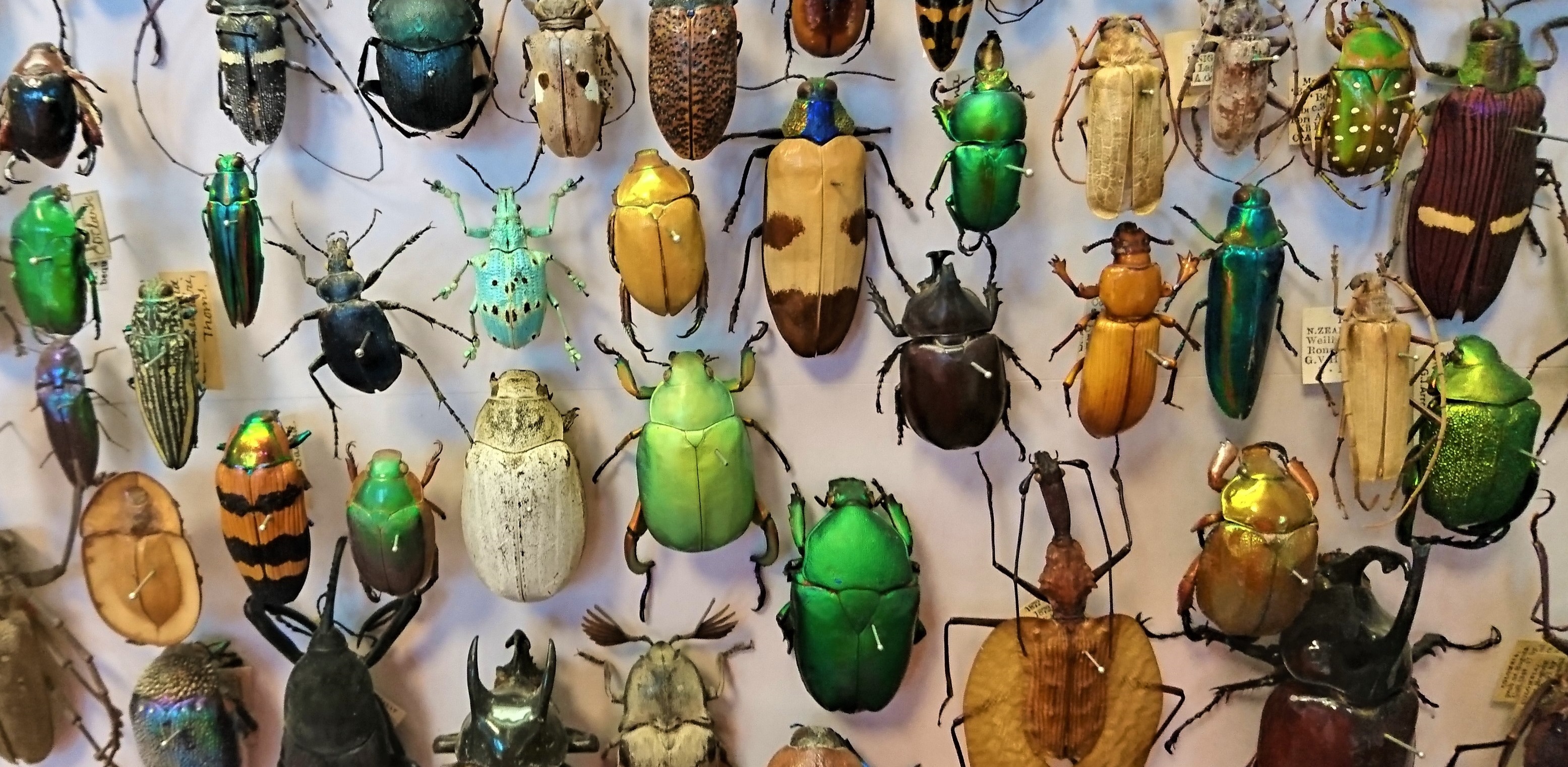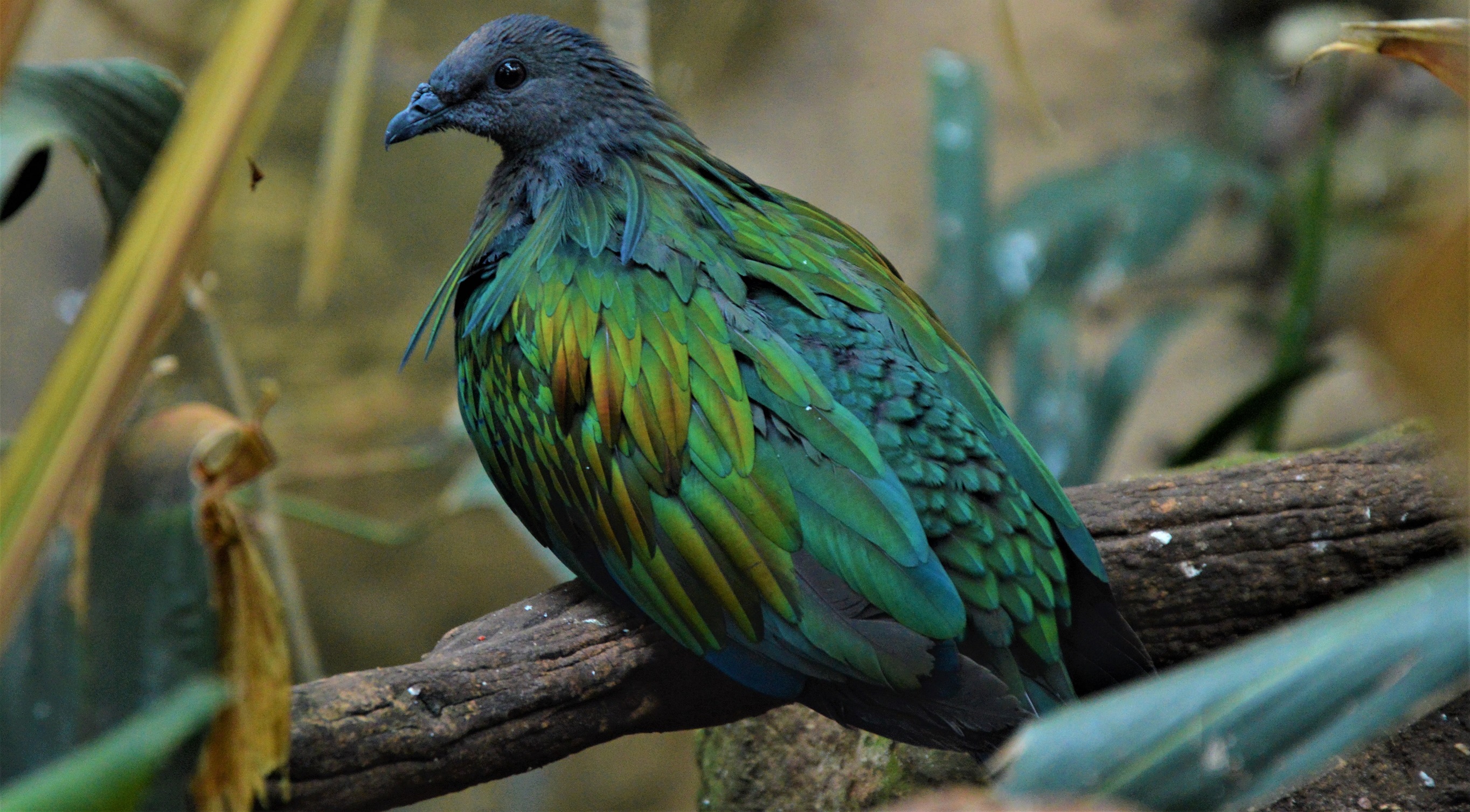Blog
"The colours of many animals seem adapted to the purpose of concealing themselves, either to avoid danger, or to spring upon their prey..."
...this beautiful quote is from Charles Darwin's grandfather, Erasmus Darwin, showing that the potential adaptive function of camouflage was discussed already in 1794. Thus, the study of protective coloration has intruigued naturalists and biologists for many centuries, long before I got mesmerized by the enigmatic colour patterns of the many animals that inhabit our gardens. This blog is my way of sharing some of the many evolution and protective coloration-themed ideas that fascinates me (and, hopefully, you as well!).
Illusory snakes' heads? (22-12-20)
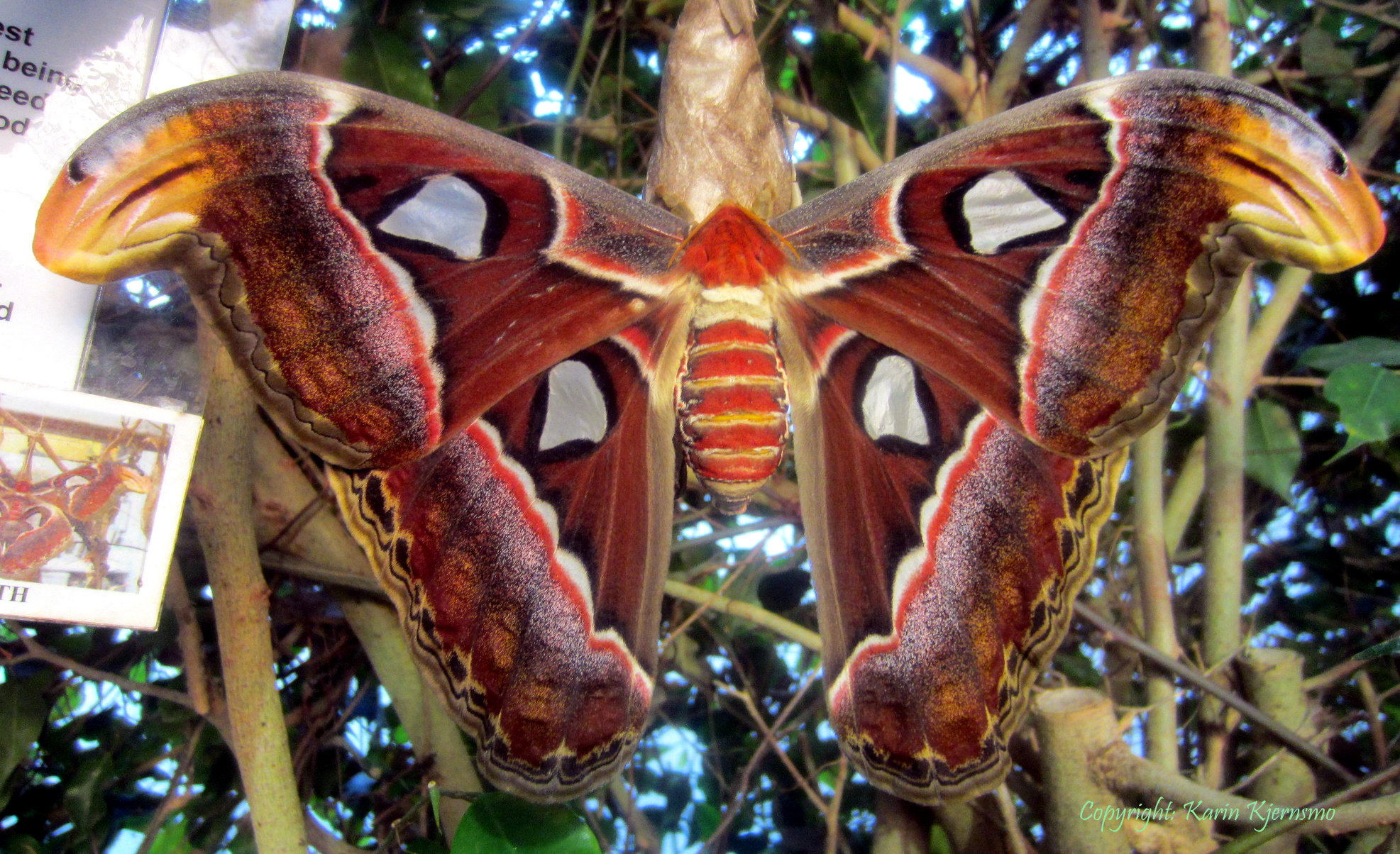
The impressive Atlas moth, Attacus atlas, a large saturniid moth endemic to the forests of Asia.
Philip Howse once wrote a wonderfully illustrated book called 'Butterflies: Messages from Psyche', in which he explores the visual perception, illusion and reality of butterfly wing patterns. One example in his book states that the wings of the gorgeous Atlas moth (pictured above) resemble snakes' heads, and I always thought that this was a bit of a stretch (putting it mildly), simply because I had a hard time imagining these 'snakes'. However, after recently stumbling accross this beautiful photo (below), I am at least willing to consider the possibility:
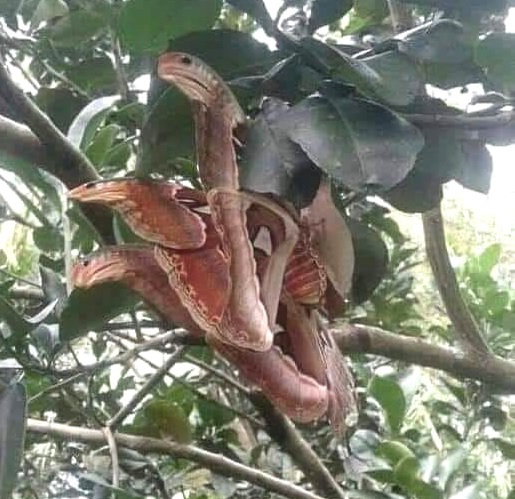
Atlas moths, or snakes' heads? Photo by Daniel Arenson.
Of course, when considering the adaptive function and evolutionary significance of these and other colour patterns, it does not really matter what we humans think, because we are not the intended receiver. If this pattern is to work as an anti-predator defence, suggestively by mimicking the predators own predator, a snake, it needs to work against their natural predators (most likely some sort of bird). The challenge here would not lie in testing whether a bird gets intimidated by these 'snakes', because that could be established with a relatively simple behavioural experiment. The real challenge would be to establish why the bird would show a fright response/halt its attack etc. when approaching the prey: is it simply because the conspicuous colours triggers some sort of neophobia, or because the bird actually mistakenly identifies the moth as a snake? In other words, to get down to the mechanistic level of how such pattern could protect prey, the real challenge would be to tap into the mind of the predator. Isn't Nature endlessly fascinating?

